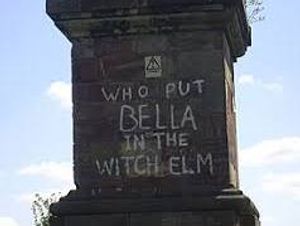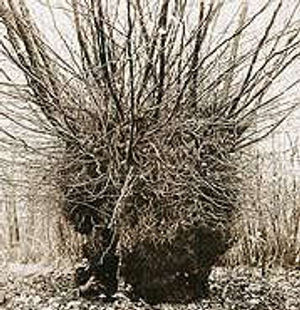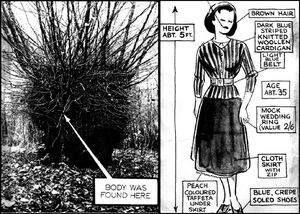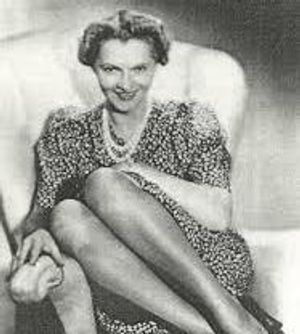Riddle of who put Bella in the wych elm set for London stage
It has been the subject of TV documentary, play, book, songs, numerous articles and endless intrigue.

Now the story of an unsolved local murder is headed for the London stage.
It was 75 years ago that four teenage boys looking for birds' eggs on Lord Cobham's Hagley estate found a human skull, still with hair and teeth attached, in a hollowed-out wych elm.
The lads returned to their homes in the Wollescote area of Stourbridge, worried they would get into trouble for poaching but the youngest of them, Tom Willetts, found the secret too hard to keep, and told his parents.

Police were called and found the near-complete skeleton of a young woman, believed to have been strangled around 18 months earlier, inside the tree. In nearby fields they found her severed hand.
Not long afterwards, graffiti posing the cryptic question 'who put Bella down the Wych Elm' began appearing on walls around the West Midlands, most famously on the Hagley obelisk.
But the riddle of both her identity and that of her killer have continued to confound police and armchair detectives alike.

The mystery even brought comedian Steve Punt to the Express & Star head office in Wolverhampton when he launched his own investigation for his BBC Radio 4 series Punt PI, looking into the involvement of legendary E&S journalist Wilfred Byford-Jones, whose coverage in the 1950s opened up a new line of inquiry.
Theatre director Tom Drayton is the latest to show an interest in the enigma which has spawned wide-ranging theories about who Bella was and why she was murdered.
His show is due to open at The Space Theatre in London in March and potentially the Edinburgh Fringe in September.

He is also in talks with Midland theatres about bringing the story 'home' before the end of the year.
Mr Drayton, who teaches at the University of Worcester, said: "Part of the attraction is that this story is local to the Midlands and partly, there is an obsession with true crime stories at the moment which we, as a theatre group, very much follow.
"You can see it in series like Making A Murderer on Netflix and all sorts of podcasts. There's been a real surge in interest in real crime stories and it's something we'd already been exploring.

"The fact that this murder remains unsolved is another factor. In the end it's really elemental: there's a skeleton inside a tree found by four boys during the Second World War – there are so many images. It sets you thinking – what part can theatre play in telling this story?"
Early speculation was that she was a gipsy ritualistically murdered using witchcraft.
Byford-Jones was sent a letter suggesting Bella, thought to be aged 35 to 40, had been killed by a German spy-ring passing on intelligence about Britain's munitions and aircraft manufacturing base in Wolverhampton and Birmingham.
The spy theory gained more weight when MI5 published its wartime files, which reveal Gastapo agent Josef Jacobs, caught parachuting into Cambridgeshire in 1941, was the lover of actress and cabaret singer Clara Bauerle (possibly Bella), recruited by the Nazis as a secret agent, who had also been due to parachute into the Midlands in 1941.

Other lines of inquiry were that a Dutchman called Van Ralt had killed his mistress and dumped the body in the tree, and that she was a Birmingham prostitute who had worked the Hagley Road before disappearing mysteriously.
Mr Drayton, 26, said: "This story takes us from spies in Birmingham to singers in Berlin. There is so much to peel away, with one link leading to another. It's so much more than a myth."





